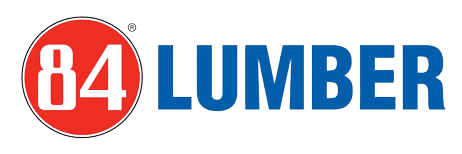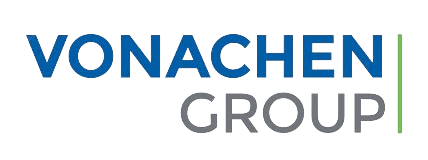I-9 Regulation Overview
The Immigration Reform and Control Act of 1986 mandates employers to verify new hires’ employment eligibility and prohibits hiring unauthorized workers, with penalties for noncompliance and non-discrimination in hiring.


The Immigration Reform and Control Act of 1986 (IRCA) seek to control illegal immigration by eliminating employment opportunity as an incentive for unauthorized persons come to the United States, by prohibiting the hiring or continued employment of aliens whom employers know are unauthorized to work in the United States.
The Immigration Reform and Control Act of 1986 (IRCA) legally mandate that U.S. employers verify the employment eligibility status of newly-hired employees. IRCA made it unlawful for employers to knowingly hire or continue to employ unauthorized workers.
To comply with the law, all U.S. employers must verify the employment eligibility and identity of all employees hired to work in the United States after November 6, 1986 by completing Employment Eligibility Verification forms (Forms I-9) for all employees, including U.S. citizens. Employers who hire or continue to employ individuals knowing that they are not authorized to be employed in the United States may face civil and criminal penalties.
The law also obliges U.S. employers not to discriminate against individuals on the basis of national origin or citizenship, or require different documents from an individual.


Purpose of the I-9 Form
The Form I-9, employment eligibility verification, is used to establish the employment eligibility of persons being considered for employment, and therefore requiring you to hire only those persons who are eligible to legally work in the U.S.
All U.S. employers must complete and retain a Form I-9 for each individual they hire for employment in the United States. This includes citizens and noncitizens. All employees, citizens and noncitizens, hired after November 6, 1986, must complete the Form I-9 at the time of hire, which is the actual beginning of employment.
On the form, the employer must examine the employment eligibility and identity document(s) an employee presents to determine whether the document(s) reasonably appear to be genuine and relate to the individual and record the document information on the Form I-9.


I-9 Form Document Retention
Form I-9 must be kept by the employer either for three years after the date of hire or for one year after employment is terminated, whichever is later.
The form must be available for inspection by authorized U.S. Government officials (e.g., Department of Homeland Security, Department of Labor, Department of Justice) when requested.
Highly Rated Leader in Electronic Form I-9 Compliance
EMP Trust is the recognized leader in employee onboarding software. But don’t take our word for it, just see what our amazing customers have to say.






